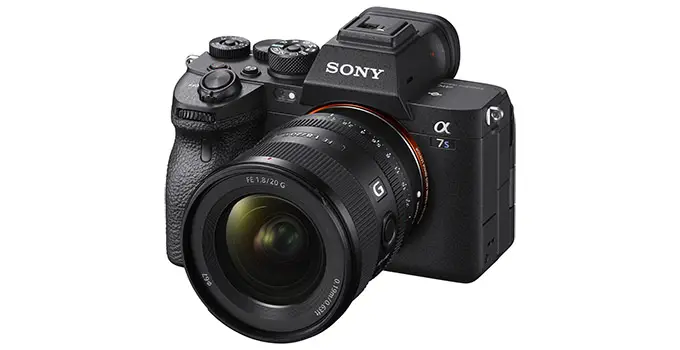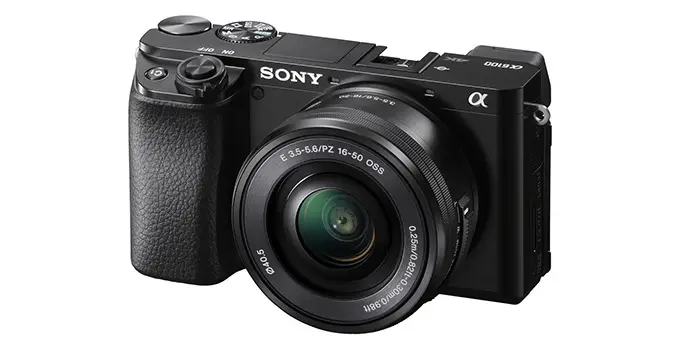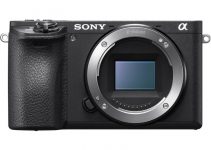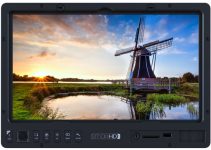At the very bottom of Sony’s current mirrorless lineup you will find the a6100. Its position is by no means a slight as it is very capable. But, when you start looking at cameras like the a7S III, the relatively affordable price point of the a6100 may have you questioning things.
You might be asking what am I missing from the a6100 that makes it cheaper. Or, you could be asking whether the almost 5x more expensive a7S III is actually worth it.
If you are curious about whether the images are so dramatically different (or think you could easily tell which is which) you should watch this quick video from Donovan Anderson.
Before we check out the comparison footage we should review the key specs of each camera model.
Starting with the a6100:
- 24MP APS-C CMOS sensor
- 4K 30p video with full pixel readout (2.4x oversampling)
- Real-time Tracking AF
- 8-bit 4:2:0 color sampling up to 100 Mb/s in XAVC S
Now for the a7S III:
- 12MP Full-Frame BSI CMOS sensor
- 4K 120p video (full pixel readout and 1:1 sampling, depending on mode)
- Real-time Tracking AF
- 10-bit 4:2:2 color sampling with high bitrate XAVC S, XAVC HS, and XAVC S-I codecs
Most people can probably pick out practically why the a7S III is a better, much more versatile camera with just those specs. Once you get into controls and body design it isn’t even a contest.
However, at the end of the day, the audience is only seeing the finished product and if you have a limited budget it is helpful to know just how a cheaper camera holds up to an expensive one.

Image Credit: Sony
The testing grounds are going to be controlled so to provide both cameras an even shot. There are some obvious limitations of the a6100 to know about, like rolling shutter, but otherwise, the raw 4K image quality is up for review.
If you know what to look for the sample footage is somewhat telling. Things like the quality of the bokeh, autofocus, and color are easy to pick our if you are experienced.
On the other hand, the final look at the a6100 footage when edited and compressed for YouTube are closer than you would expect. That doesn’t mean the a6100 doesn’t have some of its own advantages.

Image Credit: Sony
Being APS-C you actually have access to a wider range of lens options as both full-frame and crop lenses are available. You can even pick up and adapt Super 35mm cinema glass.
The APS-C lens lineup is expanding, too. Sony just launched three stellar wide-angle APS-C lenses and third-party companies like Sigma have some of their own good and affordable options.
The a7S III is designed solely for solid full-frame capture. That 12MP resolution makes it great for 4K imaging, but doesn’t allow you to have the versatility of a crop mode that other full-frame offerings have. It is still a lot better in so many ways and 10-bit vs 8-bit is a good enough reason to upgrade for professionals.
For most people, or even pros looking for an affordable B cam, this footage should convince you that you don’t always need to spend all your money to get the shiniest thing.
What did you think of the footage? Could you tell which is which?
[source: Donovan Anderson]
Order Links:
Disclaimer: As an Amazon Associate partner and participant in B&H and Adorama Affiliate programmes, we earn a small comission from each purchase made through the affiliate links listed above at no additional cost to you.



